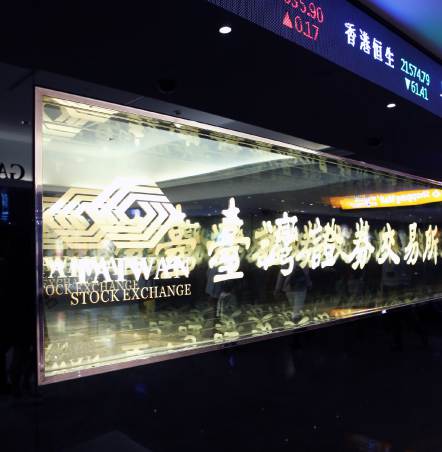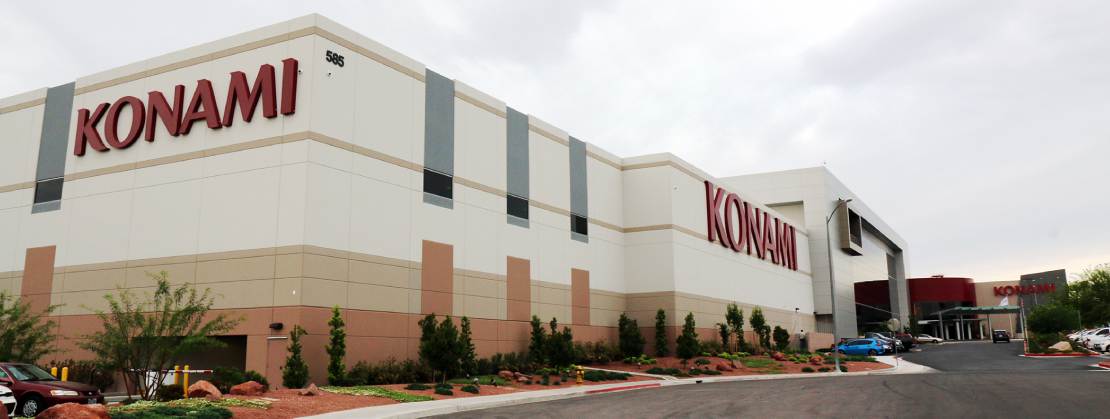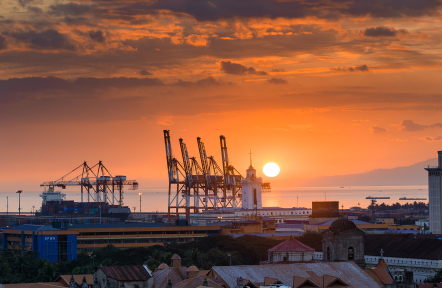As one of the most popular travel destinations, Japan has considered its tourism industry as one of its most reliable sources of revenue in recent years. And with the ongoing efforts to end the country’s prolonged economic malaise, the government, highlighting the lower costs that resulted from a weaker yen, has stepped up its campaign to draw in more travelers.
“The government has focused on tourism for economic growth. By making tourism an economic pillar, which is a major change in policy, the government hopes to utilize the industry as a driver of regional revitalization,” Japan National Tourism Organization President Ryoichi Matsuyama says.

JNTO works closely with several industry-related organizations, such as the Japan Tourism Agency (JTA) and the Japan Travel and Tourism Association (JTTA), to create marketing strategies and effectively promote the country around the world.
Having reached its 2020 target of 20 million annual visitors four years early, Japan has set a new target of 40 million by that year. The government is very aware that reaching that goal requires teamwork and close collaboration among all tourism related companies in the country. It is also focusing on attracting high-spending visitors.
“Tourism is like a comprehensive art. Several ministries and agencies are involved, so we have to coordinate all our policies. One very important aspect is how we implement and work with government policies,” explains JTA Commissioner Akihiko Tamura.

While a large majority of tourists come from neighboring Asian countries, the government realizes that reaching the new target entails a diversification of its markets, particularly United States and the European Union. Americans and EU nationals appear to hold wrong notions about Japan being too expensive, too distant and too foreign because of a language barrier.
To address those wrong perceptions, the tourism industry has launched major campaigns to show off the diversity of Japan’s attractions outside the so-called Golden Route (Tokyo-Osaka-Kyoto) and highlight its year-round beauty, unique festivals, and incomparable cuisine.
Then, there are the preparations for the upcoming Olympic Games in Tokyo in 2020. By hosting the world’s largest sporting event, the government hopes to reinvigorate the country’s overall economy with the expected deluge of tourists.
Many government initiatives focus on making it easier to travel around the country. It is improving connections outside the Golden Route, upgrading airports, raising the number of hotel rooms, increasing English signage, and training more tourism professionals, all aimed at giving visitors a stress-free holiday.

“We motivate people to use various resources to boost tourism in their own areas. We want tourists to understand more about Japanese culture and its attractiveness,” says JTTA Chairman and CEO Norio Yamaguchi.

Contributing to the efforts to facilitate stress-free travel, Orient Corporation, a provider of various payment settlement services known more popularly as Orico, is contributing towards the creation of a cashless economy in Japan by the time Tokyo 2020 happens. The penetration of cashless transactions as consumers realize their advantages is expected to increase domestic spending and revitalize local economies.
“Extensive infrastructure development and collaboration with every local shop are needed for this cashless settlement. We believe this will play a large role in stimulating local economy,” explains Orient Corporation President Masaaki Kono.
Tokyo 2020 hopes to show the world how to successfully stage a sustainable Olympic Games and display its unique position as the crossroads of traditional culture and leading edge technology.












